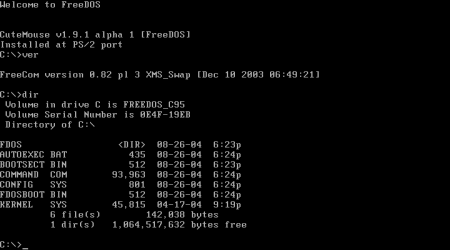From the DARPA website
Modern computing systems act as black boxes in that they accept inputs and generate outputs but provide little to no visibility of their internal workings. This greatly limits the potential to understand...advanced persistent threats (APTs). APT adversaries act slowly and deliberately over a long period of time to expand their presence in an enterprise network and achieve their mission goals (e.g., information exfiltration, interference with decision making and denial of capability). Because modern computing systems are opaque, APTs can remain undetected for years if their individual activities can blend with the background “noise” inherent in any large, complex environment. ..
The Transparent Computing (TC) program aims to make currently opaque computing systems transparent by providing high-fidelity visibility into component interactions during system operation across all layers of software abstraction, while imposing minimal performance overhead. The program will develop technologies to record and preserve the provenance of all system elements/components (inputs, software modules, processes, etc.); dynamically track the interactions and causal dependencies among cyber system components; assemble these dependencies into end-to-end system behaviors; and reason over these behaviors, both forensically and in real-time. By automatically or semi-automatically “connecting the dots” across multiple activities that are individually legitimate but collectively indicate malice or abnormal behavior, TC has the potential to enable the prompt detection of APTs and other cyber threats, and allow complete root cause analysis and damage assessment once adversary activity is identified. In addition, the TC program will integrate its basic cyber reasoning functions in an enterprise-scale cyber monitoring and control construct that enforces security policies at key ingress/exit points, e.g., the firewall.
Excerpt from http://www.darpa.mil/Our_Work/I2O/Programs/Transparent_Computing.aspx
